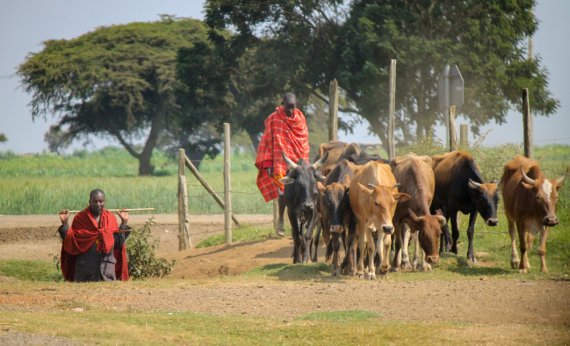
S. Afr. J. of Agricultural Extension Vol. 29 (1), 2021:141-161.
ABSTRACT
Poor production methods and limited market access are some of the challenges that prevent small African farmers from developing. In cattle farming, poor grazing practices and a lack of vaccination produce poor quality animals. Limited information, poor infrastructure, cultural issues and other factors, lead to low participation levels of these farmers in livestock markets. This study explored the prevalence of these challenges in two geographical locations of two African countries (South Africa and Kenya) with the intention to identify possible cross lessons for developing small rural farmers. Ethnographic and case study methods were used to collect and analyse data in two provinces (one in each country) where cattle farming by small rural farmers is predominant. From the two countries, three cases of distinguishable cattle production and marketing challenges were identified. Firstly, rural South African (SA) small farmers are generally faced with high production and marketing challenges, which prevent them from developing into successful commercial farmers. Secondly, Kenyan small rural farmers face similar production challenges as those faced by their SA counterparts, but perform better at marketing their animals, although they still face a lot of structural marketing issues, with brokers controlling the market to the disadvantage of farmers. Thirdly, the study identified a case of rural Black SA farmers who are being assisted through a research project in the Eastern Cape Province that embraces a more holistic environmental approach to rural development to overcome most production and marketing challenges. Given the successes of the holistic view, this study concludes that the environmental approach presents the best case lessons for replication across SA in developing small African farmers. It is argued that the replication of lessons across SA would require central coordination by a government agency. The national agricultural extension office (one of whose mandates is to work directly with farmers for their development) would be most appropriate for this coordination role.
Available:
